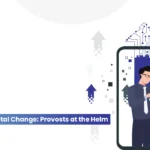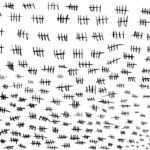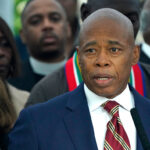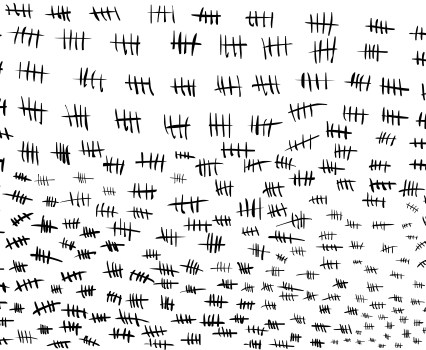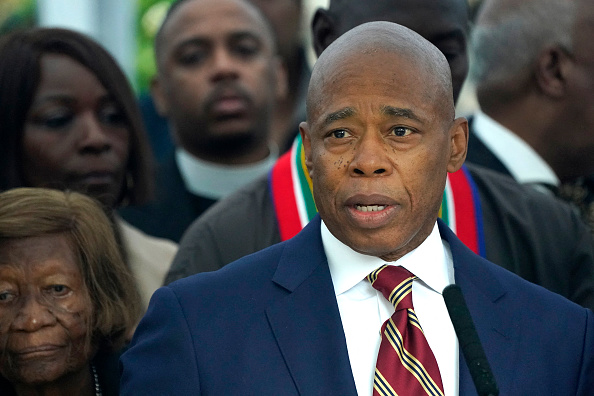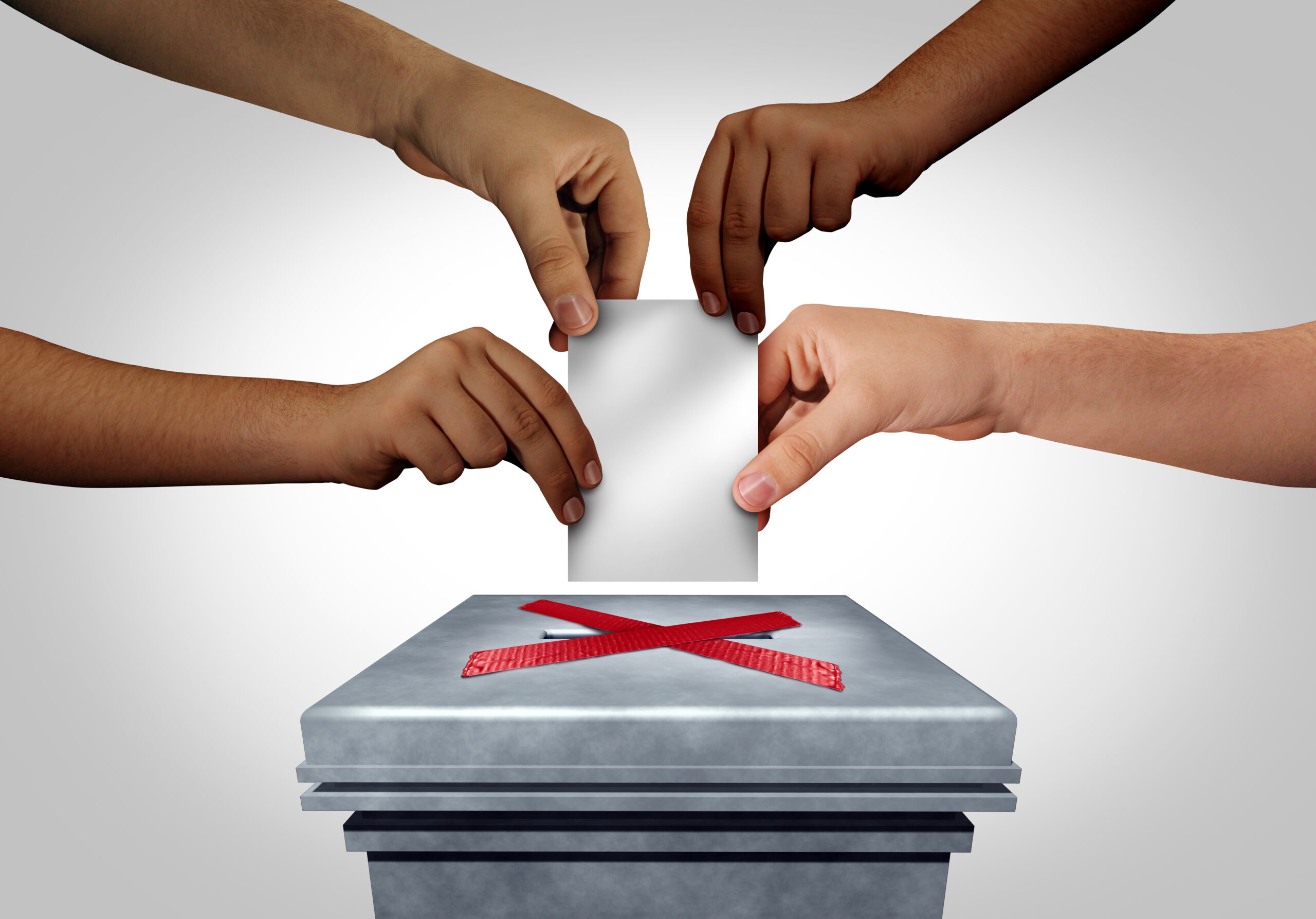Revision of Electricity Tariffs in Nigeria
On April 3, 2024, the Nigerian Electricity Regulatory Commission
(NERC) implemented significant tariff changes, primarily affecting
Band A customers of distribution companies (DisCos), with an
increase of over 240% in rates—from ₦66 to ₦225
per kWh as outlined in the “April 2024 Supplementary
Orders” to the existing Multi-Year Tariff Order (MYTO) of 2024
issued to the 11 DisCos.1
Under the Electricity Act 2023, the NERC is mandated to ensure
that licensees within the Nigerian Electricity Supply Industry
(NESI) can set rates that cover operational costs and yield a
reasonable return on investment. After reviewing the tariff
submissions from the 11 successor DisCos, which included analysis
of the respective Performance Improvement Plans and a public
hearing where stakeholders scrutinised and discussed the proposed
rates, NERC approved tariffs aimed at maintaining a financially
sustainable market conducive to Nigeria’s economic growth.
Impact on Consumers
The recent tariff revisions particularly affect Band A
customers, who make up about 15% of the consumer base. These
customers are now assured a minimum of 20 hours of electricity
daily, on average per week, meeting the promised service levels.
This policy adjustment is backed by data confirming that Band A
customers consistently receive the service levels guaranteed.
For the remaining 85% of consumers in Bands B to E, tariffs will
continue at the December 2022 levels, upheld by the Federal
Government’s subsidy policy. Even with a ₦1.14 trillion
reduction in subsidies due to the adjustment for Band A,
significant support remains for the lower bands. EKEDC and BEDC,
for example, receive substantial monthly subsidies of ₦13.74
billion and ₦11.01 billion, respectively. This strategy is
designed to alleviate the economic impact on vulnerable consumers
and maintain affordability amid economic shifts.
Why Tariffs are Changing.
The recent adjustments to electricity tariffs respond to
external economic factors that significantly affect the cost of
electricity production but are beyond the control of DisCos.
These changes integrate critical economic indices to develop a
Cost Reflective Tariff (CRT), aiming to align electricity rates
more closely with the actual costs in the supply chain. The
economic indicators and parameters evaluated by NERC include:
- Exchange Rate: The exchange rate, set at ₦1,463.31 to $1
from April to December 2024, includes a 1% transaction fee above
the average rate of ₦1,448.82, as per Central Bank of Nigeria
guidelines. This rate affects the cost of importing essential
equipment for Nigeria’s electricity sector. Higher exchange
rates increase these import costs, which can lead to raised
electricity tariffs to cover these expenses. - Nigerian Inflation Rate: In February 2024, Nigeria’s
inflation rate was recorded at 31.70% by the National Bureau of
Statistics. This high inflation rate directly influences
electricity tariffs because it increases the overall costs of
operations and maintenance for energy companies. - US Inflation Rate: The US inflation rate stood at 3.20% in
February 2024, according to the US Bureau of Labor Statistics. This
rate is considered when setting tariffs because it affects the cost
of equipment and technologies imported from the US, which are
essential for Nigeria’s electricity supply. - Available Generation Capacity: The January 2024 forecast by the
System Operator confirmed that power generation capacity was
sufficient to meet demand. - Wholesale Gas to Power Prices: From April 2024, the benchmark
price for gas-to-power is set at $2.42 per MMBTU, with an
additional transportation cost of $0.80/MMBTU. These prices are
adjusted by the Nigerian Midstream and Downstream Petroleum
Regulatory Authority under Section 167 of the Petroleum Industry
Act. The cost of gas significantly impacts the overall cost of
electricity production, as gas is a primary fuel source for many
power plants.
Monthly Adjustments
The tariff revision for Band A customers features a mechanism
for monthly adjustments responsive to the key economic indicators
such as inflation, exchange rates and gas prices. This ensures that
tariff setting remains financially sustainable and adaptable to
economic changes.
Customer Categorization by Service Band
Electricity customers are categorized based on the reliability
of service they receive, with each service band representing a
different minimum number of hours of daily electricity supply.
Distinctions within each band include:
- Non-Maximum Demand (Non-MD): Customers are typically
residential or small commercial users who consume electricity at
lower, more consistent rates. They are connected to the grid via
single-phase or three-phase connections and do not reach the higher
electricity demand levels that would classify them as Maximum
Demand consumers. - Maximum Demand (MD): customers are large-scale consumers of
electricity, such as industrial plants, large commercial complexes,
or high-usage facilities. They are characterized by their
occasional or regular spikes in electricity usage, reaching the
highest demand levels recorded over a specified period. These
customers are typically connected to the grid through Low Voltage
(LV) or Medium/High Voltage (MV/HV) systems.
Detailed Band Descriptions:
The service bands for electricity provision in Nigeria are
structured to cater to varying levels of electricity supply
reliability. Each band represents a minimum average of daily
electricity availability that customers can expect:
- Service Band A (Minimum of 20 hours/day)
-
- A – Non-MD: Customers within Band-A Service Level Feeders.
- A – MD 1: Customers with LV connections in Band-A.
- A – MD 2: Customers with MV/HV connections (11/33kV) in Band-A,
typically large industrial operations.
- Service Band B (Minimum of 16 hours/day)
-
- B – Non-MD: Customers within Band-B Service Level Feeders.
- B – MD 1: Customers with LV connections in Band-B.
- B – MD 2: Customers with MV/HV connections (11/33kV) in
Band-B.
- Service Band C (Minimum of 12 hours/day)
-
- C – Non-MD: Customers within Band-C Service Level Feeders.
- C – MD 1: Customers with LV connections in Band-C.
- C – MD 2: Customers with MV/HV connections (11/33kV) in
Band-C.
- Service Band D (Minimum of 8 hours/day)
-
- D – Non-MD: Customers within Band-D Service Level Feeders.
- D – MD 1: Customers with LV connections in Band-D.
- D – MD 2: Customers with MV/HV connections (11/33kV) in
Band-D.
- Service Band E (Minimum of 4 hours/day)
-
- E – Non-MD: Customers within Band-E Service Level Feeders.
- E – MD 1: Customers with LV connections in Band-E.
- E – MD 2: Customers with MV/HV connections (11/33kV) in
Band-E. - Lifeline (R1): Customers consuming no more than 50
kWh/month.
Service Delivery Commitments and Consumer
Complaints
DisCos are mandated to meet specific service delivery
commitments as detailed in their Service Based Tariff (SBT)
proposals. These commitments are essential as they directly link
the quality of electricity provided to the tariffs paid by
customers, primarily based on the average daily electricity supply
over a month. Detailed service levels committed by DisCos for April
to June 2024 are available in Appendix 2 of the respective
Orders.
Monitoring and Compliance Measures
To ensure DisCos meet their service commitments, NERC has
implemented robust monitoring and compliance strategies:
- Technology-Based Monitoring: NERC uses advanced technology to
track real-time electricity supply data directly from DisCos’
systems for Band A feeders, ensuring accurate monitoring of service
delivery. - Rapid Response Team: By April 3, 2024, each DisCo is required
to set up a rapid response team to guarantee a minimum service
delivery, starting with Band A. These teams handle customer
complaints and work with the Transmission Company of Nigeria (TCN)
to manage loads and optimize dispatches. Information about these
teams ought to have been communicated to Band A customers via bulk
SMS by noon on April 5, 2024, and available on DisCos’
websites. - Public Reporting: DisCos must publish a daily rolling seven-day
average of electricity supply hours for each Band A feeder by 9:00
AM the following day. If service levels fall below commitments for
two consecutive days, DisCos must publicly disclose the reasons and
outline a recovery plan by 10:00 AM the next day. 4. Service Band
Downgrading for Non-Compliance: If a DisCo fails to meet the
committed service level for a Band A feeder for seven consecutive
days, the feeder will be automatically downgraded to reflect the
actual service level provided, in line with Supplementary Orders to
ensure transparency and accountability.
Operational Adjustments and Customer Reclassification
Under the SBT Framework, NERC permits the reclassification of
customers between service bands to accurately reflect service
quality, as specified in the “Order on Migration of Customers
and Compensation for Service Failure.” If a DisCo fails to
meet set service levels, corrective measures, such as migrating
customers between bands or implementing compensatory actions, are
taken as detailed in Section 6 of the NERC Order.
A recent example in Abuja highlighted this mechanism in action:
customers were downgraded from Band A to Band B for not receiving
the promised service levels. During this audit, NERC also
discovered that the Abuja Electricity Distribution Company (AEDC)
had incorrectly charged these customers at the higher Band A rates.
Consequently, on April 5, 2024, NERC fined AEDC N200 million and
required refunds to the overcharged customers in Bands B through
E.2 This action highlights NERC’s commitment to
enforcing fairness and accountability within DisCos, safeguarding
consumer rights and the integrity of Nigeria’s electricity
supply industry.
Addressing Customer Complaints
Customers facing billing issues must first approach their
respective DisCo. If the DisCo does not resolve the issue, the
complaint can be escalated to the NERC. Should further resolution
be necessary, the matter may then be taken to the Federal
Competition and Consumer Protection Commission (FCCPC) for
additional steps. This structured approach ensures that customer
grievances are addressed systematically, protecting consumer rights
and promoting accountability within the energy sector.
Remittance Obligations for DisCos
NERC has outlined clear remittance obligations for DisCos to
ensure the stability of the electricity market during the
transition to cost-reflective tariffs:3
- Billing by NBET: DisCos receive monthly invoices from the
Nigerian Bulk Electricity Trading Plc (NBET), reduced by government
subsidies to lessen the financial burden. In contrast, the Market
Operator (MO) bills DisCos at full rates for transmission and
administrative services without subsidy adjustments. - Settlement by DisCos: DisCos are required to pay the full
amounts of invoices from both NBET and MO. Government subsidies
help bridge the gap between higher cost-reflective tariffs and the
currently lower billed rates. - Government Subsidies: The Federal Government provides financial
support to help DisCos meet their invoice payments by covering any
shortfalls. - Obligations and Penalties: DisCos must settle their invoices
promptly as per their payment agreements. Failure to comply can
result in penalties, emphasizing the need for financial
diligence. - Financial Security: DisCos must maintain adequate financial
security to ensure reliable payments for procured energy. - Payment Consistency: DisCos are expected to consistently
fulfill their payment obligations. The regulatory authority may
adjust these obligations as necessary.
These measures support DisCos financially while promoting a
pricing system that more accurately reflects the true cost of
service, thus ensuring a more stable and fair electricity market in
Nigeria.
Insights: Navigating Shifts in Nigeria’s Electricity Tariff
Strategy
NERC has strategically used tariff adjustments to enhance market
stability and protect consumers. These changes aim to transform
energy from a basic commodity into a catalyst for economic growth
and sustainable development.
The success of these regulatory adjustments hinges on the DisCos
ability to fulfill service delivery commitments efficiently. This
includes managing migrations between service bands to minimize
bureaucratic delays and improve customer satisfaction. Aligning
electricity supply more closely with actual usage and costs may
reduce reliance on costly alternatives like diesel generators,
which are often used during power outages.
While the focus on improving service for Band A customers
supports regulatory standards, there is a risk that it might lead
to the neglect of other bands, potentially exacerbating service
disparities. To address these issues, NERC and the DisCos must
ensure that enhancing service for Band A does not sideline other
customers. The objective should be a balanced approach that
elevates service quality across all bands, fostering an inclusive
and fair energy market.
At SimmonsCooper Partners, our energy law and regulatory
compliance experts provide strategic guidance and practical
solutions to navigate these changes. Whether it’s tariff
adjustments, regulatory compliance, dispute resolution, or service
enhancement, we are committed to helping businesses and consumers
thrive in Nigeria’s dynamic energy landscape. For more
information on how we can assist you, contact us at
Ikem Iisiekwena or
Ema Ogbe.
Footnotes
1. National Electricity Regulatory
Commission, In The Matter of April 2024 Supplemental Order to the
MYTO 2024 for [Various DisCos]
https://nerc.gov.ng/resources/?doc_term=myto&ins=1#nerc-documents.
2. National Electricity Regulatory
Commission (NERC), Press Release “NERC Fines AEDC ₦200
Million for Violation of the New Tariff Order, Directs Customer
Refunds” (5 April 2024),
https://twitter.com/NERCNG/status/1776212211062431756/photo/1
3. National Electricity Regulatory
Commission, In The Matter of April 2024 Supplemental Order to the
MYTO 2024 for [Various DisCos]
https://nerc.gov.ng/resources/?doc_term=myto&ins=1#nerc-documents.
The content of this article is intended to provide a general
guide to the subject matter. Specialist advice should be sought
about your specific circumstances.
#Circuit #Closer #Nigerias #Electricity #Tariff #Strategy #Utilities
